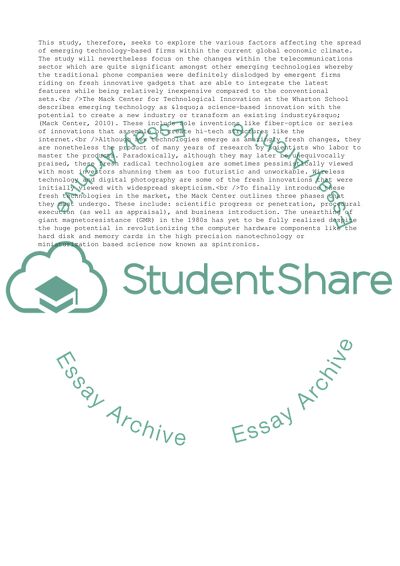Cite this document
(How Emerging Technologies Can Affect an Industry Case Study, n.d.)
How Emerging Technologies Can Affect an Industry Case Study. https://studentshare.org/business/1744847-how-emerging-technologies-can-affect-an-industry
How Emerging Technologies Can Affect an Industry Case Study. https://studentshare.org/business/1744847-how-emerging-technologies-can-affect-an-industry
(How Emerging Technologies Can Affect an Industry Case Study)
How Emerging Technologies Can Affect an Industry Case Study. https://studentshare.org/business/1744847-how-emerging-technologies-can-affect-an-industry.
How Emerging Technologies Can Affect an Industry Case Study. https://studentshare.org/business/1744847-how-emerging-technologies-can-affect-an-industry.
“How Emerging Technologies Can Affect an Industry Case Study”. https://studentshare.org/business/1744847-how-emerging-technologies-can-affect-an-industry.


